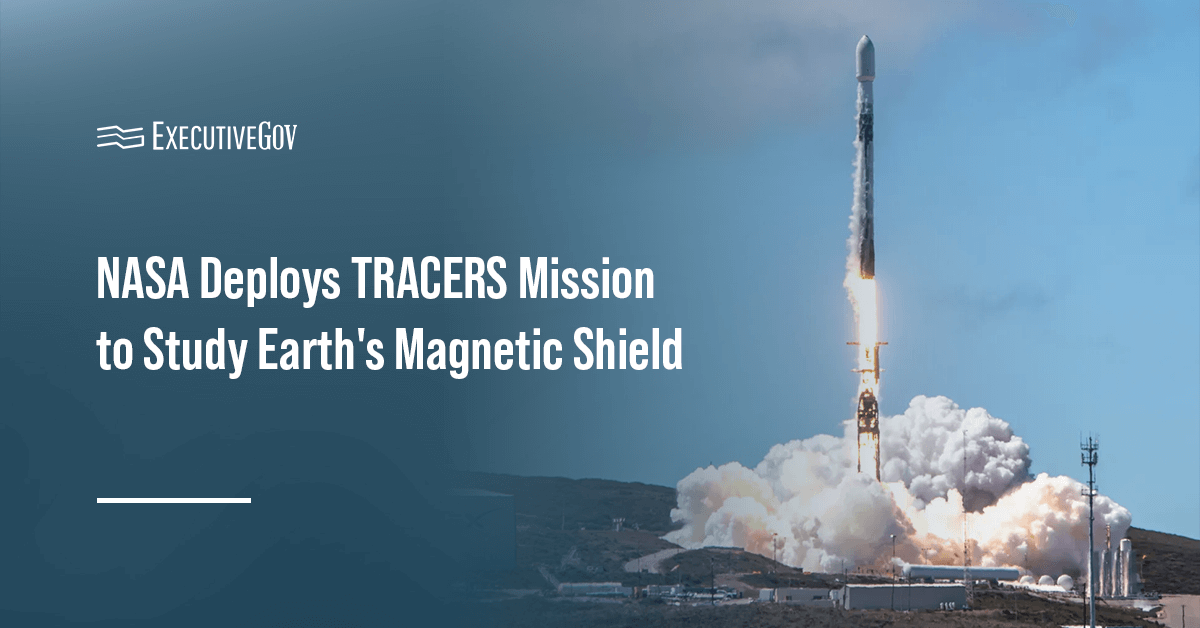NASA deployed the Tandem Reconnection and Cusp Electrodynamics Reconnaissance Satellites mission aboard a SpaceX Falcon 9 rocket launched from Space Launch Complex 4 East at Vandenberg Space Force Base in California.
Table of Contents
Studying the Magnetic Shield
The agency said Wednesday the primary objective of the TRACERS mission is to investigate the Earth’s magnetic shield and how it protects Earth from space weather. In particular, the mission will study magnetic reconnection — the energy generated from the collision between the sun and Earth’s magnetic fields — and how it influences the impacts of the sun and space weather on Earth.
“The TRACERS satellites will move us forward in decoding space weather and further our understanding of the connection between Earth and the Sun. This mission will yield breakthroughs that will advance our pursuit of the Moon and subsequently, Mars,” said Sean Duffy, acting NASA administrator.”
During the mission, the twin spacecraft will fly just 10 seconds apart over the polar cusp, an open region in Earth’s magnetic field near the North Pole. They will gather 3,000 measurements in one year to create a map of magnetic reconnection’s evolution and behavior.
Communication with the second TRACERS satellite was established three hours after being deployed from Falcon 9. For the next four weeks, mission controllers will check out all instruments and systems while the spacecraft goes through a commissioning phase. After this, the satellites will start a year-long mission to study magnetic reconnection.
Companion Payloads
NASA’s Athena Economical Payload Integration Cost, Polylingual Experimental Terminal and Relativistic Electron Atmospheric Loss missions will accompany the primary mission. These three small satellites will showcase new technologies and collect scientific data.





